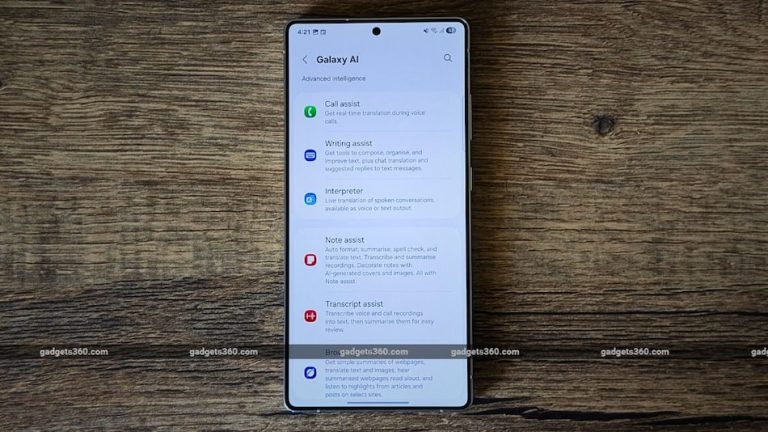
Technological Innovations Shaping 2025: A New Era of Advancements
Technological innovations are shaping 2025 in unprecedented ways, transforming industries and revolutionizing the way we live and work. From artificial intelligence and the Internet of Things to 5G networks and virtual reality, these advancements are creating new opportunities and challenges that will define the future.
Artificial Intelligence: The Future of Intelligence
Artificial intelligence (AI) is one of the most significant technological innovations shaping 2025. AI refers to the development of computer systems that can perform tasks that typically require human intelligence, such as learning, problem-solving, and decision-making. AI is being used in a wide range of applications, from virtual assistants and chatbots to self-driving cars and personalized medicine.
One of the most exciting applications of AI is in the field of healthcare. AI-powered algorithms can analyze vast amounts of medical data, identifying patterns and making predictions that can help doctors diagnose and treat diseases more effectively. For example, AI-powered systems can analyze medical images such as X-rays and MRIs, helping doctors to detect diseases such as cancer at an early stage.
Internet of Things: Connecting the World
The Internet of Things (IoT) is another technological innovation that is transforming the world in 2025. IoT refers to the network of physical devices, vehicles, and other items that are embedded with sensors, software, and connectivity, allowing them to collect and exchange data. IoT is being used in a wide range of applications, from smart homes and cities to industrial automation and transportation systems.
One of the most significant benefits of IoT is its ability to improve efficiency and productivity. For example, IoT sensors can be used to monitor the condition of industrial equipment, predicting when maintenance is required and reducing downtime. IoT can also be used to optimize energy consumption, reducing waste and improving sustainability.
5G Networks: The Future of Communication
5G networks are the latest generation of wireless communication systems, offering faster data speeds and lower latency than previous generations. 5G networks are being used in a wide range of applications, from mobile broadband and fixed wireless access to IoT and mission-critical communications.
One of the most significant benefits of 5G networks is their ability to support a wide range of devices and applications. For example, 5G networks can be used to support the growth of IoT, providing the connectivity and bandwidth required for devices to communicate with each other and with the cloud. 5G networks can also be used to support mission-critical communications, such as emergency services and remote healthcare.
Virtual Reality: A New Dimension of Experience
Virtual reality (VR) is a technological innovation that is transforming the way we experience and interact with the world. VR refers to the use of computer-generated simulations to create immersive and interactive environments that simulate real-world experiences. VR is being used in a wide range of applications, from gaming and entertainment to education and training.
One of the most significant benefits of VR is its ability to provide a sense of presence and immersion. For example, VR can be used to create virtual environments that simulate real-world experiences, such as flying or skydiving. VR can also be used to create interactive and engaging educational experiences, such as virtual labs and simulations.
Conclusion
Technological innovations are shaping 2025 in unprecedented ways, transforming industries and revolutionizing the way we live and work. From AI and IoT to 5G networks and VR, these advancements are creating new opportunities and challenges that will define the future. As we look to the future, it is clear that technological innovations will continue to play a major role in shaping our world.
